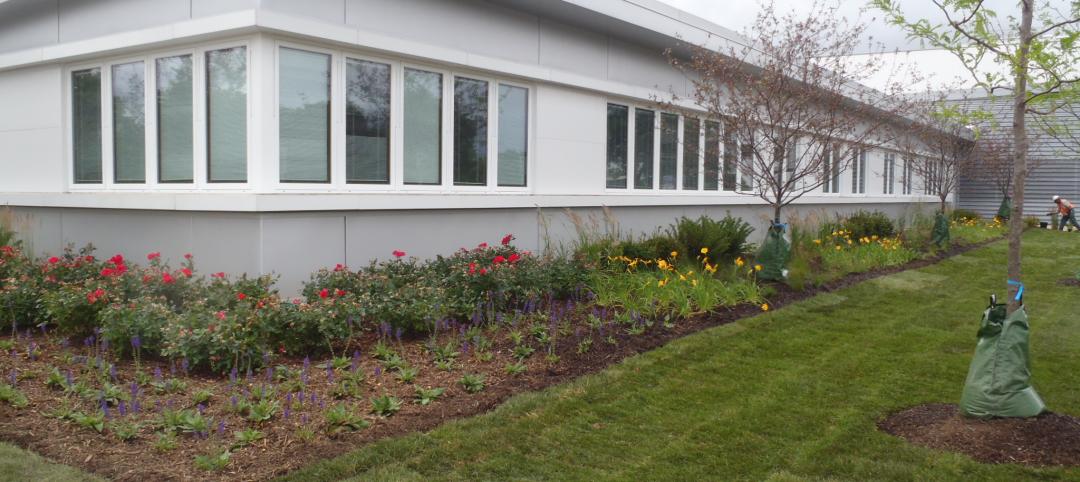By the year 2050, 70 percent of the world’s population will live in cities. In anticipation of this, Amsterdam-based AkzoNobel, a chemical company that specializes in decorative paint and coatings, recently announced its Human Cities initiative as a way to highlight their commitment in “improving, energizing and regenerating urban communities across the world.”
One project part of the initiative is a partnership with leading architecture firm OMA, founded by Rem Koolhaas, to research the link between color and economic development of a city. The announcement was made at the Venice Architecture Biennale.
“We believe that our new research partnership with OMA will make a significant contribution to creating more ‘human’ urban environments for the world’s citizens,” says AkzoNobel CEO Ton Büchner. “We’re delighted to be partnering with Rem Koolhaas and OMA on this study.”
Archdaily reports that this is not the first time research has been done on the effects of color in economics. Back in 2001, research done in Brazilian favelas by Brazilian firm Jorge Mario Jáuregui Architects and published by Harvard University Press found that “Colors had been absent due to poverty, people work on the inside, but cannot afford to work on the outside. And when a new, planned building rises in the slum – be it a public toilet or a sewing co-operative – it immediately becomes a monument. It was conceived by an architect, it indicates things are changing: People understand they now have the right to what was only available in the so-called ‘formal city.’”
Related Stories
| Mar 6, 2012
Joliet Junior College achieves LEED Gold
With construction managed by Gilbane Building Company, Joliet Junior College’s Facility Services Building combines high-performance technologies with sustainable materials to meet aggressive energy efficiency goals.
| Mar 5, 2012
Tishman constructing new courthouse in Philadelphia
Construction is underway for the Pennsylvania Department of General Services’ 510,000-sf facility.
| Mar 5, 2012
Perkins Eastman pegs O’Donnell to lead K-12 practice
O’Donnell will continue the leadership and tradition of creative design established by firm Chairman and CEO Bradford Perkins FAIA, MRAIC, AICP in leading this market sector across the firm’s 13 offices domestically and internationally.
| Mar 5, 2012
Moody+Nolan designs sustainable fire station in Cincinnati
Cincinnati fire station achieves LEED Gold certification.
| Mar 5, 2012
Gilbane Building Co. wins top honors at ASA Houston awards ceremony
Gilbane was also named General Contractor of the Year for the seventh time in 11 years and won the inaugural Safety Program of the Year award.
| Mar 5, 2012
Franklin Institute in Philadelphia selects Skanska to construct new pavilion
The building has been designed by SaylorGregg Architects and will apply for LEED Silver certification.
| Mar 2, 2012
By the Numbers
66 skyscrapers to built in China over six years; 1,000 questions in the Modern Architecture game; 21,000 new jobs.
| Mar 1, 2012
Intelligent construction photography, not just pretty pictures
Our expert tells how to organize construction progress photos so you don’t lose track of all the valuable information they contain.
| Mar 1, 2012
AIA: A clear difference, new developments in load-bearing glass
Earn 1.0 AIA/CES learning units by studying this article and successfully completing the online exam.
















